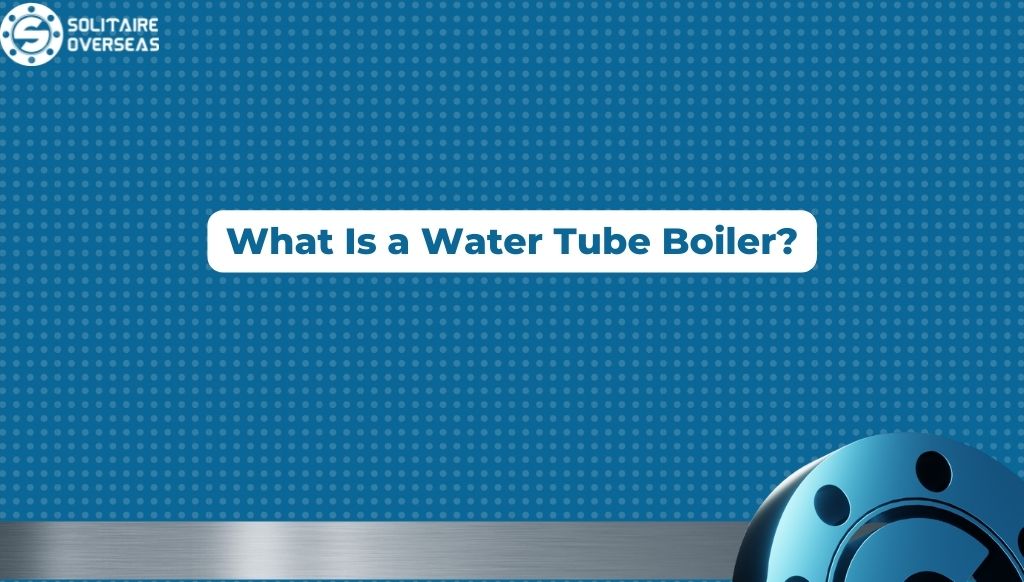Difference between Different Heat Exchanger Systems

A heat exchanger is a device for transferring heat between two fluids, such as liquids, gases, or vapours, of different temperatures. Depending on the type of heat exchanger being used, the heat is transferred from gas to gas, liquid to liquid, or liquid to liquid through a solid separator, which prevents mixing of the fluids or direct fluid contact.
Speaking of Heat Exchanger , specialised Heat Exchanger are utilised in proper functioning of Heat Exchanger. SA179tube.com Is one leading Manufacturer, Supplier & Stockist Of A214 Tubes & SA214 Tubes.

Frame Aand Plate Heat Exchanger
Corrugated parallel plates are separated from each other by gaskets that control the alternating flow of hot and cold fluid over the surface of the plates.
By tightening bolts, a frame plate and a pressure plate compress gasketed plates together. Two upper bars and a lower guiding bar suspend the gasketed plates and the pressure plate. By removing or adding plates, it is easy to clean and change the capacity of this device.
As heat transfers from the warmer to the cooler channel, hot and cold media flow in alternate channels with processed fluids.
Heat Exchanger For Shells And Tube
A heat exchanger transfers heat between two or more liquids or gases of different temperatures. The heat transfer process can be gas-to-gas, liquid-to-gas, or liquid-to-liquid, and usually does not involve direct contact between the two fluids. A liquid to gas heat exchanger, and more specifically a water to air heat exchanger, is discussed in this article.
Heat Exchanger For Scraped Surface
Applications involving highly viscous and/or sticky products require heat transfer. Because the blades on scraped surface heat exchangers prevent the product from settling on the interior surfaces, they are the best choice for heat transfer in those applications.
In order to ensure uniform heat transfer to the product, blades inside the product channel remove product from the channel walls.
The scraping blades are made from a variety of materials to meet different processing requirements, and are designed specifically for gentle product handling to avoid compromising product quality and consistency.
Scraped surface exchangers can be mounted vertically or horizontally. Inside, an electric motor turns a rotor fitted with scraping blades.
In order to prevent product damage, rotors turn and product flows through the heat exchanger in the same direction, with product entering at the bottom and exiting at the top.
The inner surface of the heating surface is polished to a high gloss.
Carbon mechanical seals, carbon flushed/aseptic seals, hard face seals and hard face flushed/aseptic seals are available. Suitable materials will be selected for special applications.
Typical scraped surface heat exchanger applications include:
- There are viscous products such as ketchup, mayonnaise, hummus, peanut butter, puddings, salad dressings, bread dough, gelatine, baby food, skin lotions, and shampoos.
- Heat-sensitive produce: Egg products, fruit purées, cream cheeses, and fishmeal.
- The following products crystallise and phase change: coffee/tea extracts, icings and frostings, sugar concentrates, margarines, shortening, spreads, gelatine broth, lard, fondant, beer and wine.
- Meat, poultry, pet foods, jams, preserves, and rice puddings constitute particulate products.
- Caramel, cheese sauces, processed cheese, gums, gelatine, mascara, and toothpaste are sticky products.
SA179tubes.com is a leading supplier, stockist, manufacturer & exporter of Seamless A214 Tubes & SA214 Tubes. Get in touch with us for the best rates & availability.

Suitable materials will be selected for special applications.
Inside, an electric motor turns a rotor fitted with scraping blades.
Suitable materials will be selected for special applications.
blades inside the product channel remove product from the channel walls.
Heat exchangers transfer heat between fluids of different temperatures, such as liquids, gases, or vapours.
The heat is transferred from gas to gas, liquid to liquid, or liquid to liquid through a solid separator, which prevents mixing of the fluids.
The heat is transferred from gas to gas, liquid to liquid, or liquid to liquid through a solid separator, which prevents the mixing of the fluids or direct contact.